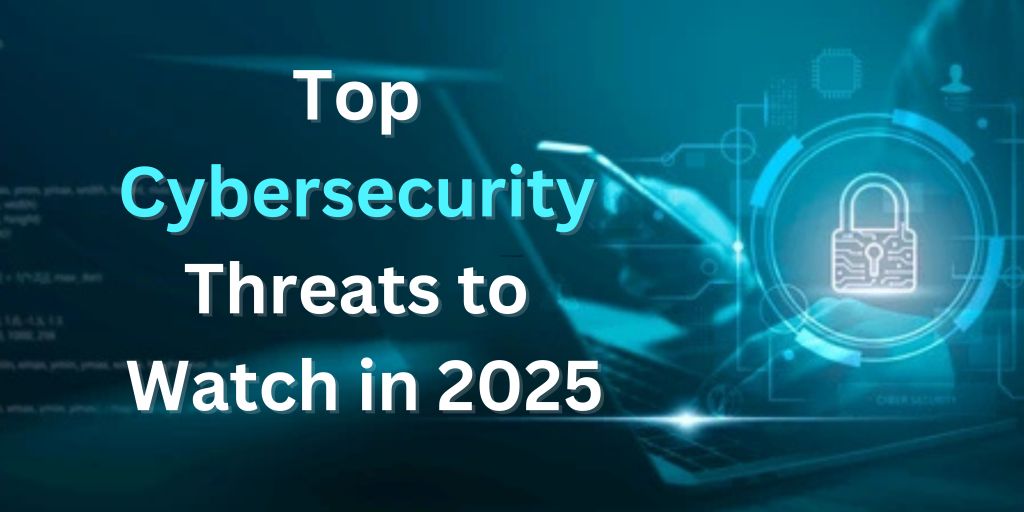
Top Cybersecurity Threats to Watch in 2025
- 0
As technology continues to advance at a rapid pace, so do the threats to our cybersecurity. In 2025, the cybersecurity landscape is expected to be more complex and challenging than ever before. Organizations and individuals need to be aware of the evolving threats and take proactive measures to protect their data and systems. Here are the top cybersecurity threats to watch out for in 2025:
1. Artificial Intelligence-Powered Attacks
With the increasing use of artificial intelligence (AI) in cybersecurity, hackers are also leveraging this technology to launch sophisticated attacks. AI-powered attacks can adapt and evolve in real-time, making them difficult to detect and defend against. Organizations will need to invest in AI-driven security solutions to stay ahead of these threats.
2. Quantum Computing Threats
As quantum computing technology advances, so does the threat it poses to traditional encryption methods. Quantum computers have the potential to break current encryption algorithms, making sensitive data vulnerable to theft. Organizations will need to transition to quantum-resistant encryption techniques to protect their data in 2025.
3. Ransomware 2.0
Ransomware attacks have been on the rise in recent years, and they are expected to become even more prevalent in 2025. Ransomware 2.0 attacks will not only encrypt data but also threaten to leak sensitive information if the ransom is not paid. Organizations will need to implement robust backup and recovery strategies to mitigate the impact of ransomware attacks.
4. Internet of Things (IoT) Vulnerabilities
The proliferation of IoT devices in homes and businesses has created new opportunities for cybercriminals to exploit vulnerabilities. In 2025, IoT devices are expected to be targeted for botnet attacks, data exfiltration, and espionage. Organizations will need to secure their IoT devices and networks to prevent unauthorized access and data breaches.
5. Supply Chain Attacks
Supply chain attacks have become a major concern for organizations as cybercriminals target third-party vendors and service providers to gain access to their networks. In 2025, supply chain attacks are expected to increase in frequency and sophistication. Organizations will need to vet their vendors and partners carefully and implement continuous monitoring to detect and respond to supply chain attacks.
6. Deepfake Technology
Deepfake technology has advanced rapidly in recent years, allowing cybercriminals to create realistic fake videos and audio recordings. In 2025, deepfake technology could be used to launch social engineering attacks, manipulate public opinion, and defraud individuals and organizations. Organizations will need to educate employees about deepfake technology and implement multi-factor authentication to prevent identity theft and fraud.
7. Cloud Security Risks
As organizations continue to migrate their data and applications to the cloud, they also face new security risks. In 2025, cloud security breaches are expected to increase due to misconfigurations, insider threats, and inadequate security controls. Organizations will need to implement cloud security best practices, such as encryption, access control, and monitoring, to protect their sensitive data in the cloud.
Overall, the cybersecurity landscape in 2025 is expected to be more challenging than ever before. Organizations and individuals need to stay informed about the latest threats and best practices to safeguard their data and systems. By adopting a proactive approach to cybersecurity, they can minimize the risks and protect themselves against emerging threats.

